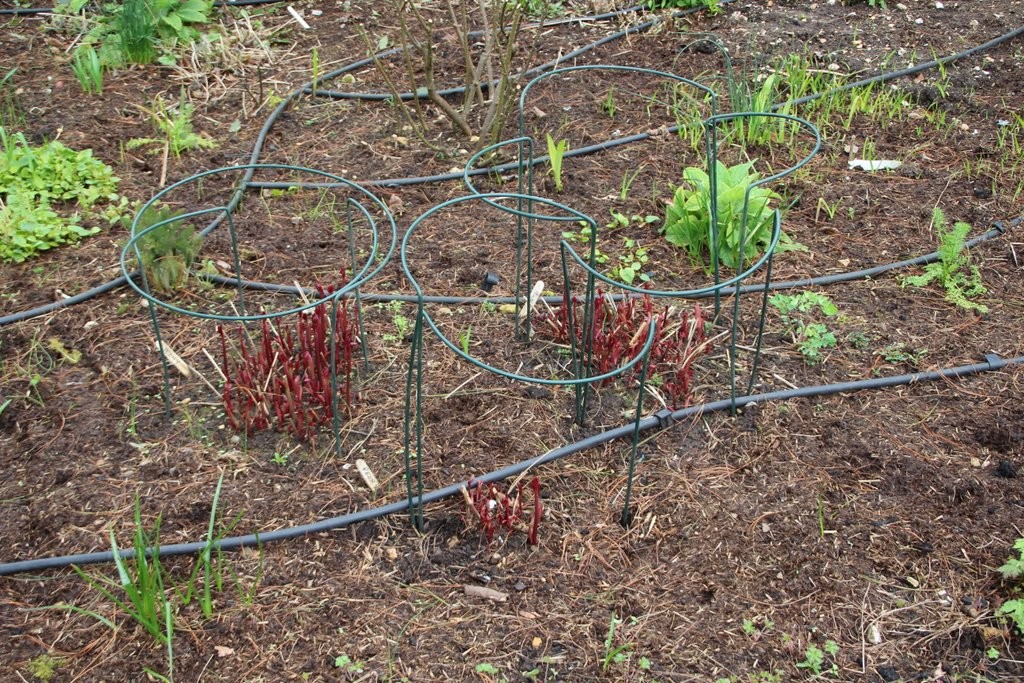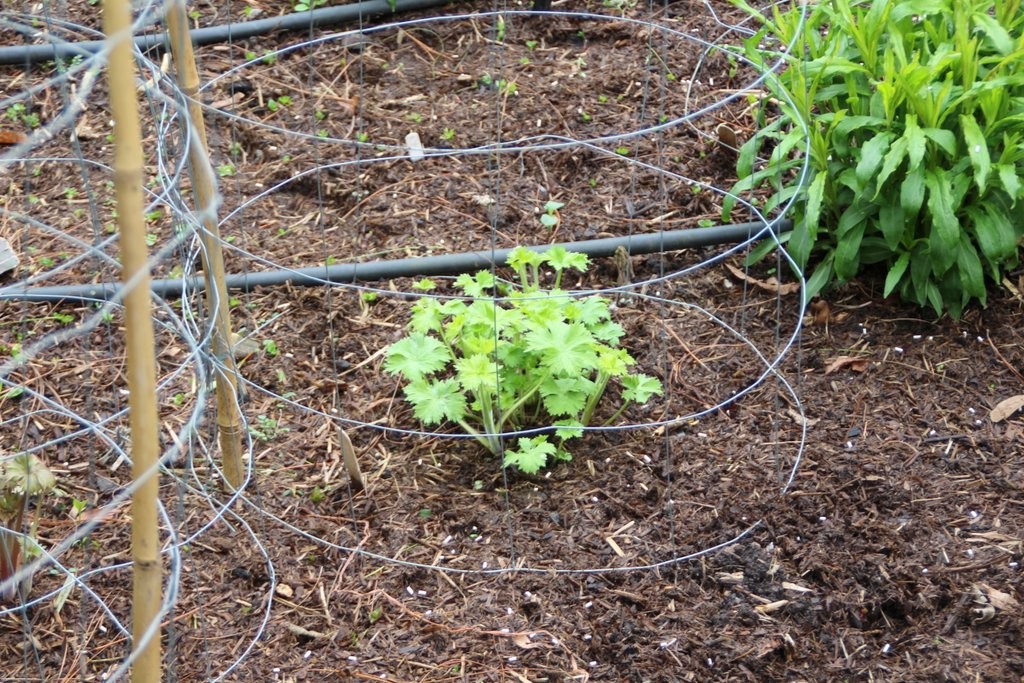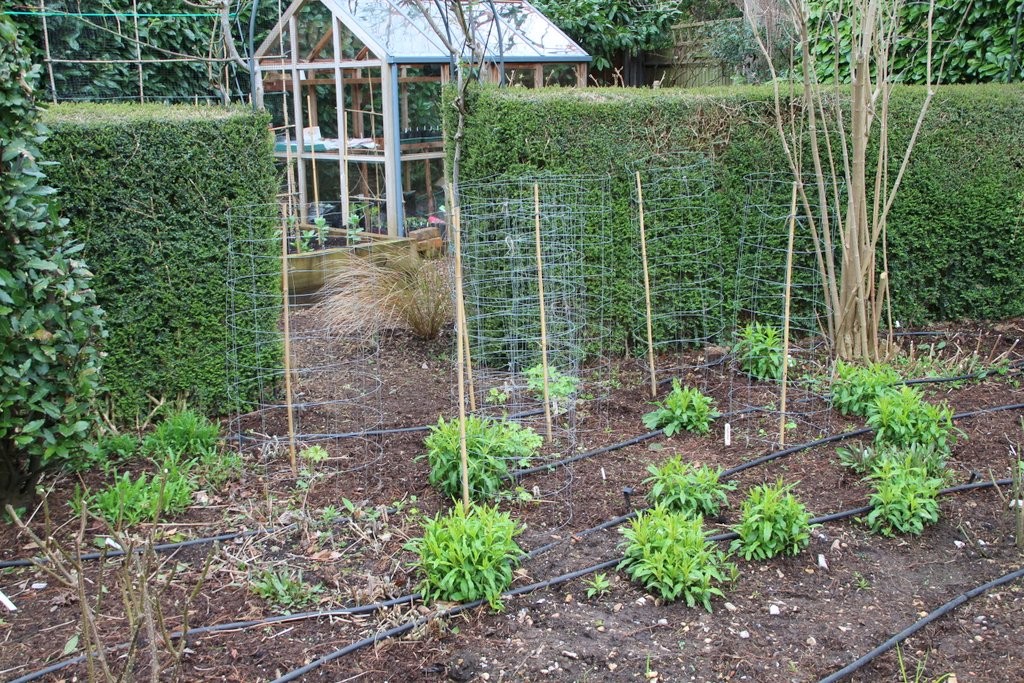With March this year starting with some serious frosts and a couple of hefty snowfalls in the Thames Valley, remember that even in April, cold snaps are possible, so be prepared if frosts are forecast.
More positively, as the sun is now getting higher in the sky and the days are getting longer, it is likely that we will see increasing light and warmth. In our area April has tended to be quite warm and dry in recent years. So as well as watching for frosts, make sure that greenhouses are ventilated if it does get hot!
If soft ground has kept you off the borders and lawns, then by April you ought to be able to start getting back on to them. Mind you at the time of writing, Cookham is subject to a flood alert and the river is still rising. Once you can get back into the borders, give everything a thorough weeding then feed and mulch to help your ornamental plants get ahead of the weeds.
It is also worth getting supports in for plants now so that they are already in place by the time that the plants need them. Delphiniums and Peonies are emerging now and will soon be shooting up, so get the stakes in while the borders are still relatively clear and the plants are easy to get to.
Herbaceous perennials will be coming into strong growth now and it is a good time to split them, either to rejuvenate old, large plants or to propagate new ones. It is also a good time to prune early flowering shrubs like Forsythia.
In the kitchen garden, early April is a good time to get main crop potatoes in the ground and as the soil warms up later in the month then it is time to start sowing carrots and parsnips. if you have a little bit of patience with carrots and parsnips and do wait until the soil warms up you will get much more reliable germination, it is also best to use new seed for these two crops.
For parsnips we tend to station sow, with three seeds per station and then after germination we thin out to leave just the strongest seedling. With carrots we often mix the seed with sand to thin out the sowing levels so that we don’t have to thin out the seedlings too much later on, a process that can attract carrot root fly.



